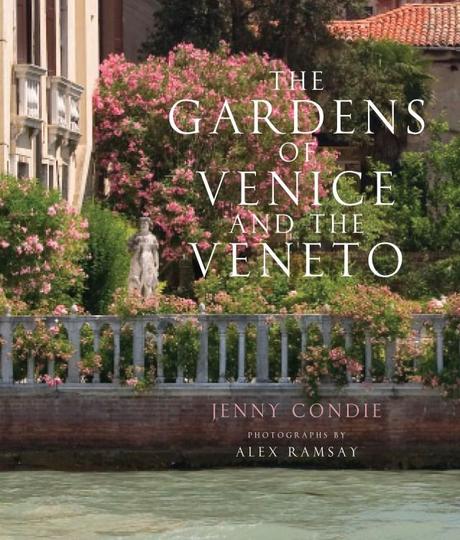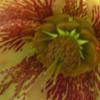
As a bit of an Italophile I was more than happy to receive a review copy of The Gardens of Venice and the Veneto by Jenny Condie. However, I did wonder if this book would have a limited market being about gardens in such a small specific area.
The book, on first glance, is your archetypal coffee table book. Large, relatively heavy and full of sumptuous photographs by Alex Ramsay. Unsurprisingly, given the location of the gardens the images groan with parterres, clipped hedges, citrus plants, statutes and the lovely pale coloured Italian villas. However, and it is a very significant however, the text that accompanies the photographs takes this book away from your average illustrated book of nice garden views.
Hardly surprising given that not only has the author, Jenny Condie, lived in the area for 10 years but she is also an art historian and has worked as an editor and translator on many books on Italian art and architecture. This knowledge and background is apparent throughout. Each of the twenty-one gardens is presented with a well researched and in-depth history and Condie’s writing style draws you in from the first paragraph of each essay, for example the opening lines for Villa Allegri Arvedi A Cuzzano
“The impression of extraordinary fertility is something not easily forgotten. It leaves a pulse in the memory, a sensation as of sharply indrawn breath. Villa Allegri Arvedi is above all a working farm – all tractors and revving engines, sprayers and muck-spreaders, and there is the box parterre to prune as well.”
Unlike the descriptions of gardens we have become used to in the glossy magazines and many a ‘gardens to visit’ book which in my view are often superficial and either dominated by the designer or the design style this book carefully considers the garden’s history and creation and its context in the history of the area. The introduction to the book sets out a potted history of the area and it is interesting to learn how powerful Venice was in the 15th and 16th century, even now there seems to be some tension between the city and its surroundings. If like me you like history, politics and intrigue then you will find this book fascinating. The gardens in the book cover a huge range of Italian history from the early 16th century and we are reminded that the creation of Italy only happened in the 19th century; before then there were smaller states and principalities.
There are wonderful stories and characters throughout such as Margaret Symonds, the niece of the botanical illustrator Marianne North who visited Villa Pisani Bolognesi Scalabrin in 1888 and became a lifelong friend of the owner Evelina van Millingen who had grown up in Constantinople before marrying Almoro III and moving to the villa where she created the beautiful garden shown in the book. Condie presents the women as charismatic characters who are just as interesting as Leopolodo Cicognara a scholar and art historian who restored the Palazzo Cappello Malipiero Barnabo in Venice in the late 18th century.
Condie and Ramsay’s approach to the book is to present gardens that were accessible to all of us, “others have explored the fascinating subject of hidden or private gardens, our leading criterion has been present accessibility – born from the conviction that no picture or story can possibly equate with experiencing these gardens for one self.” Refreshingly an appendix has been included giving basic information on the opening hours and contact information for each of the gardens.
This is not a book that explains the principles of design nor is it a book that lists the plants used in the garden. It is however a book about the people who created the gardens over a period of time and the influences both architectural, political and cultural which impacted on the creation of the gardens. Not all the gardens are along the lines of the typical Italian villa we are used to seeing, Villa Emo although having a number of the expected historical elements is a plantsperson’s garden having been restored in the 1960s and now owned by the Countess Marina Emo who has added a wildflower meadow, a wetland area and regularly conducts trials of primroses and cyclamen.
The Gardens of Venice and the Veneto is a book that deserves to be read and not just placed on the coffee table for guests to peruse. It is intelligently written throughout and once you start reading the book the photographs that drew you initially quickly become the supporting cast.
I would recommend this book to anyone who is interested in gardens and history.

